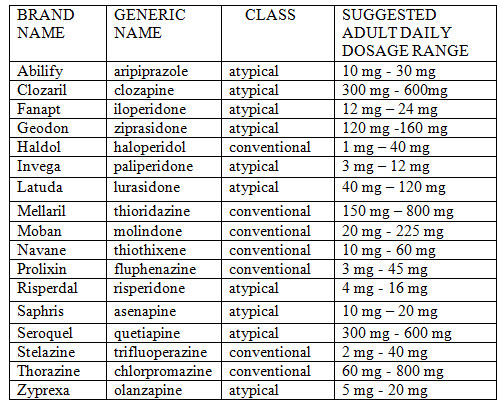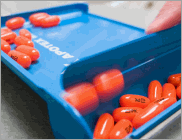Treating Anxiety with Antipsychotics and Anticonvulsants
The benzodiazepines have been the mainstay of anxiety management for several decades now. In the past decade or two, the antidepressants, particularly the serotonin agents, have entered the picture when it comes to managing anxiety pharmacologically. Both benzodiazepines and contemporary antidepressants are FDA-approved for anxiety treatment and are most often employed in the “worried-well” with often vague symptoms of anxiety that fall into the generalized type. […]





